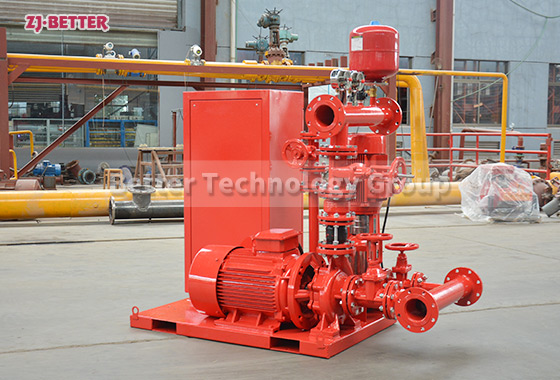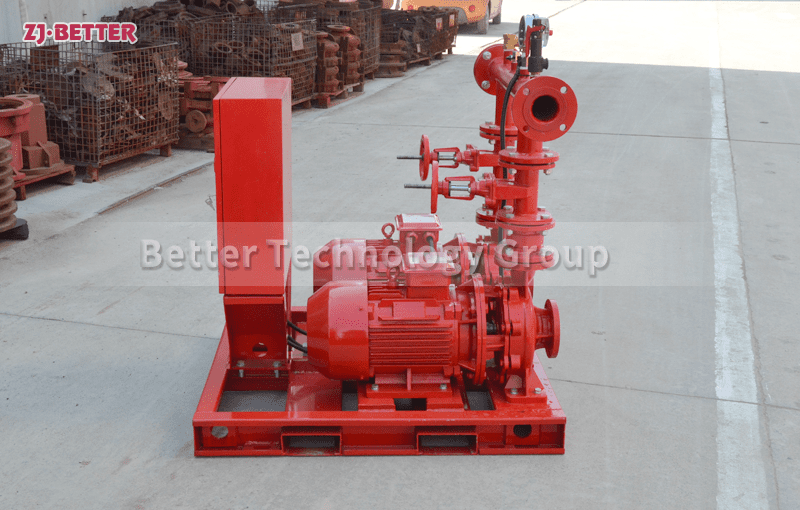Diesel engine fire pump can work as a backup pump
Diesel engine fire pump is suitable for high-lift and high-flow fire-fighting water supply environment or as a backup fire-fighting water supply pump. The reason is that the diesel engine has strong power and can be used with large-flow fire-fighting deep well pumps, and the diesel engine fire pump has the characteristics of self-start after power failure. It can provide emergency water supply and is a good choice in fire pumps.
Due to its stable performance, diesel engine fire pump has a high frequency of use. According to user needs, you can choose various domestic and foreign brands of diesel engines to match, and choose according to the required lift, flow, power and material requirements of the fire pump to ensure stable use of customers. Automatic operation of diesel engine fire pump Simple, good hydraulic design and structural design, high operating efficiency, suitable for warehouses, docks, power plants, textiles and other enterprises.

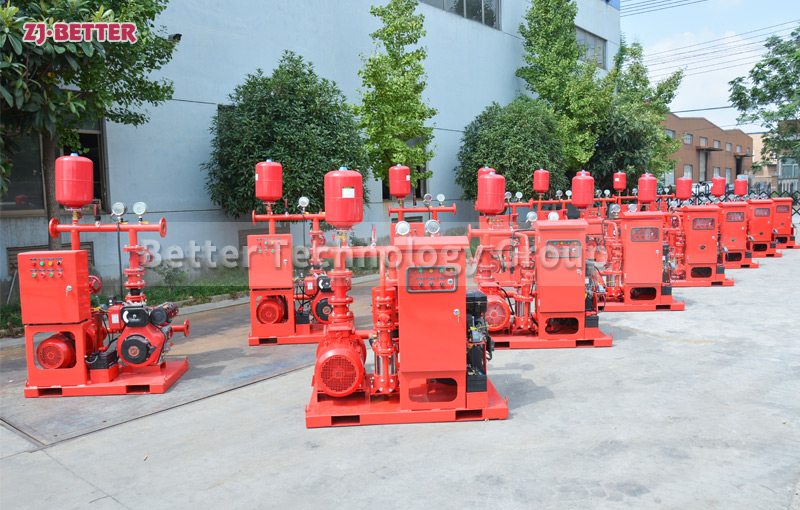
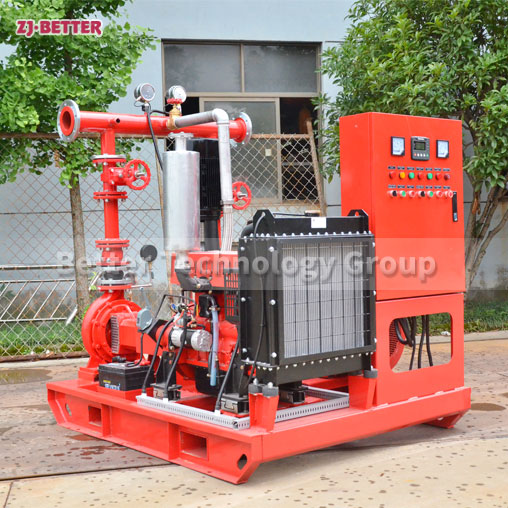

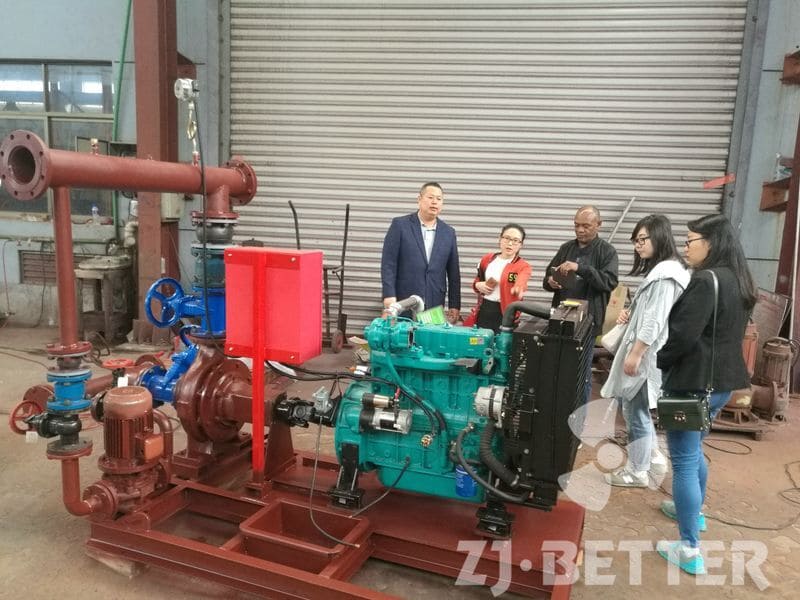
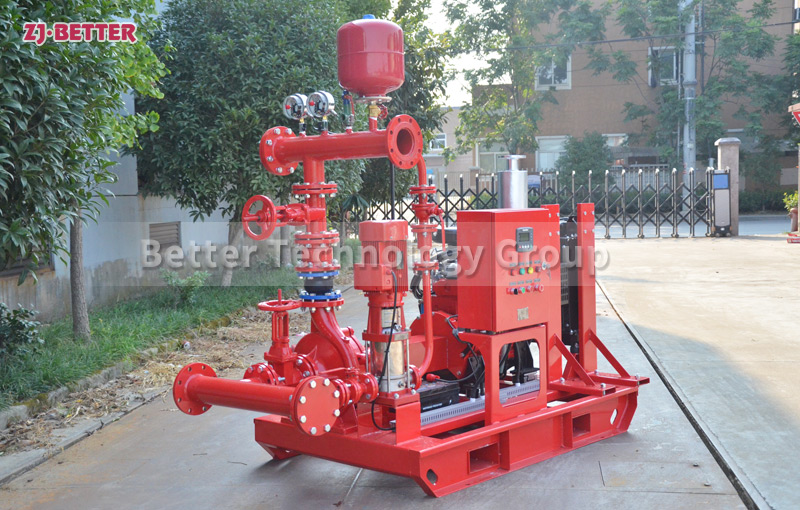
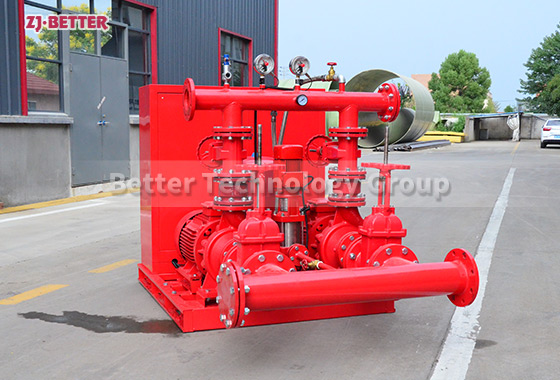
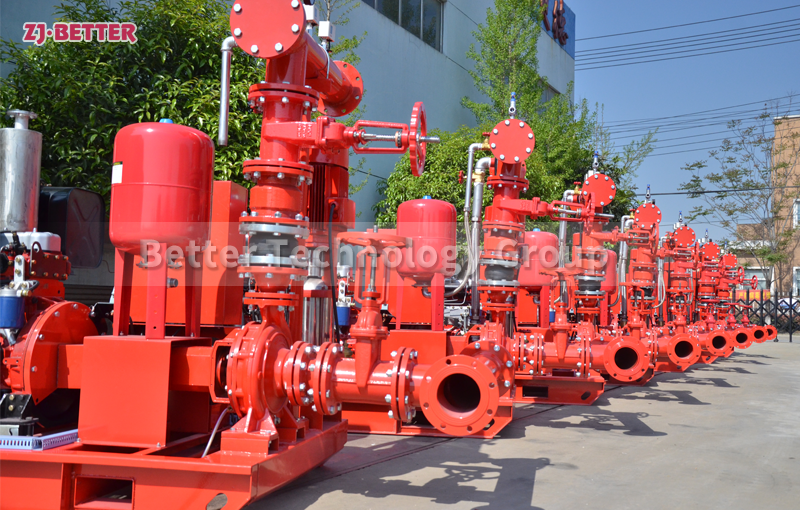
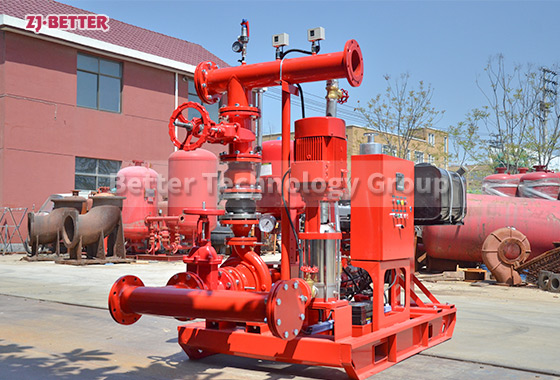
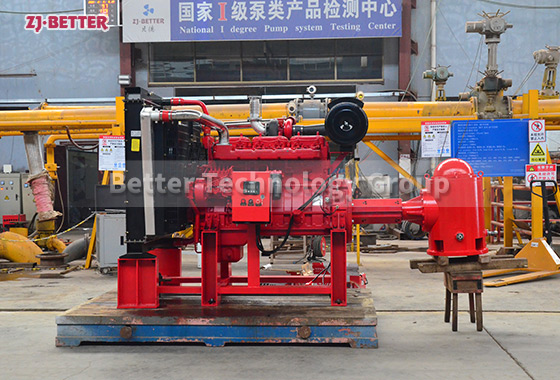
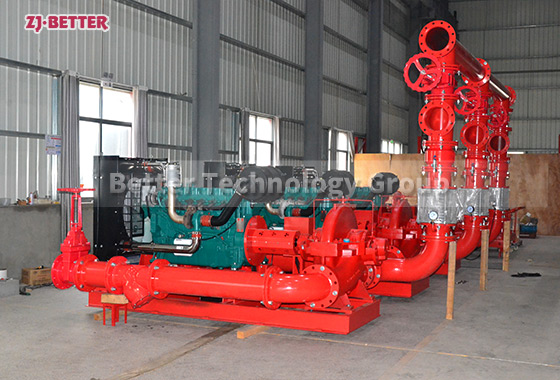

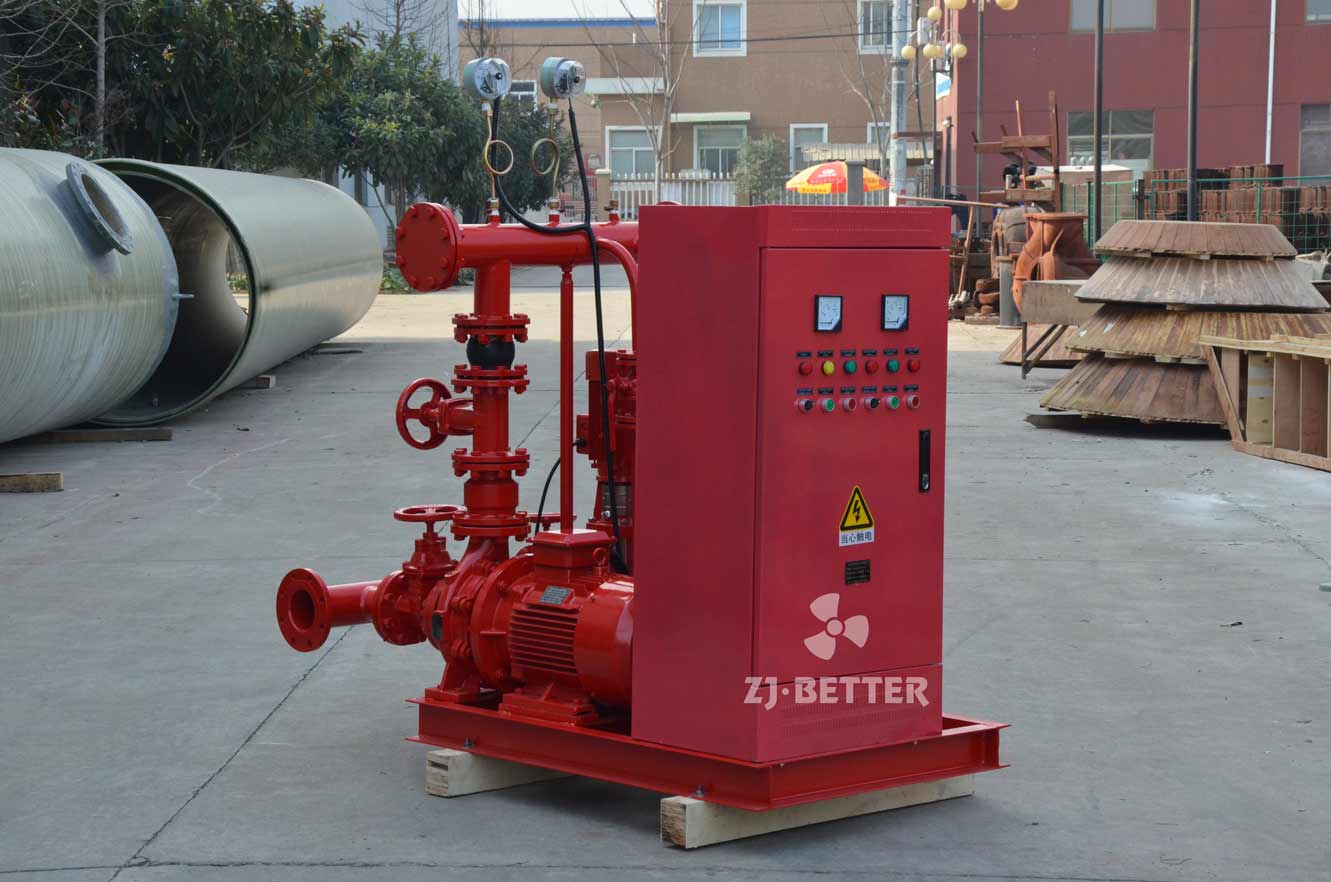
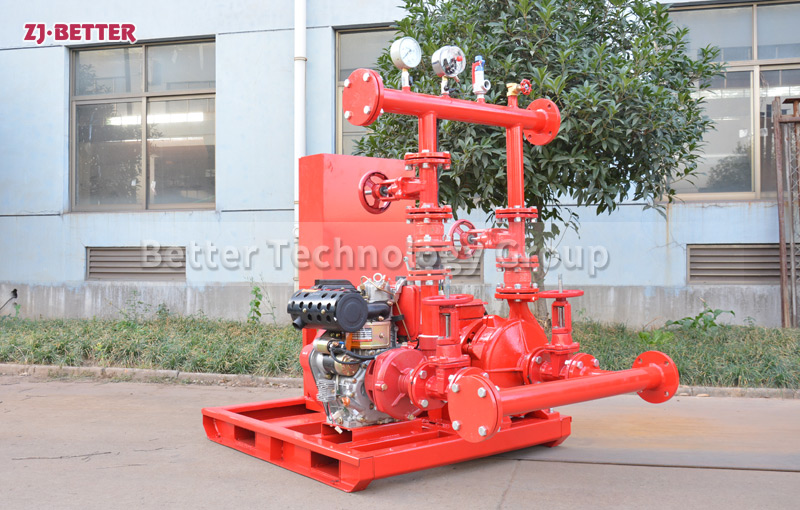

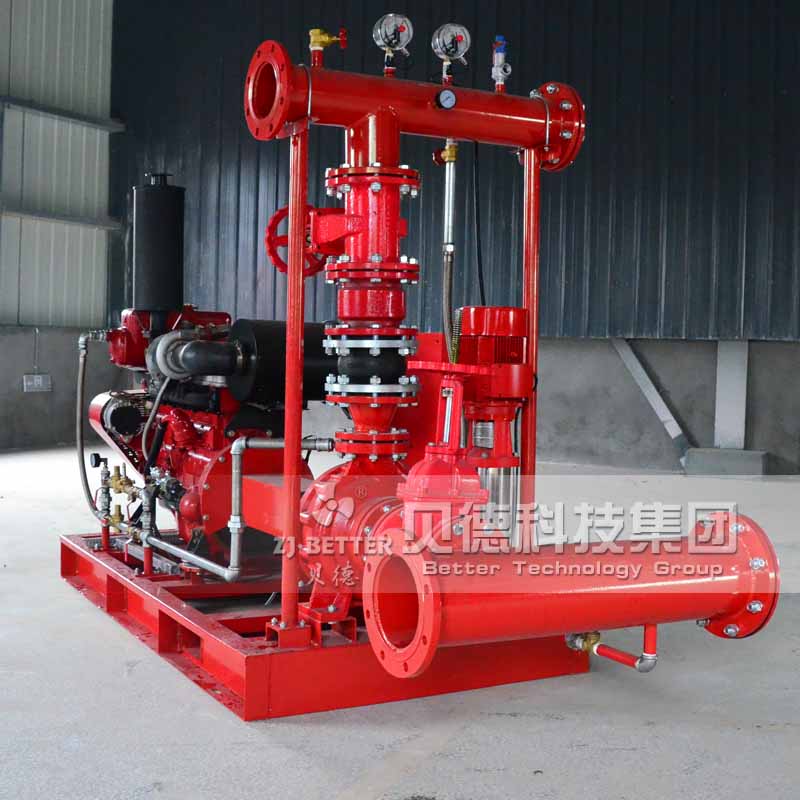
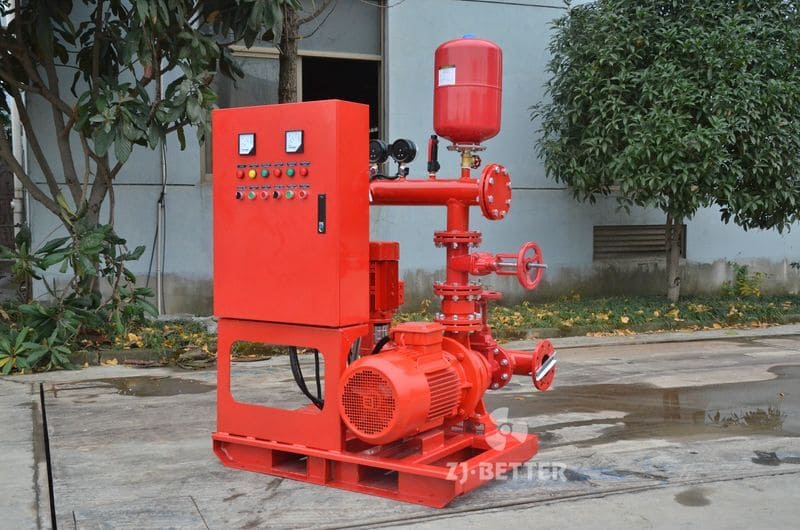
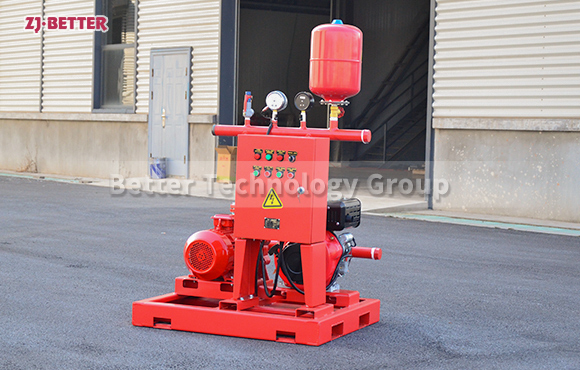
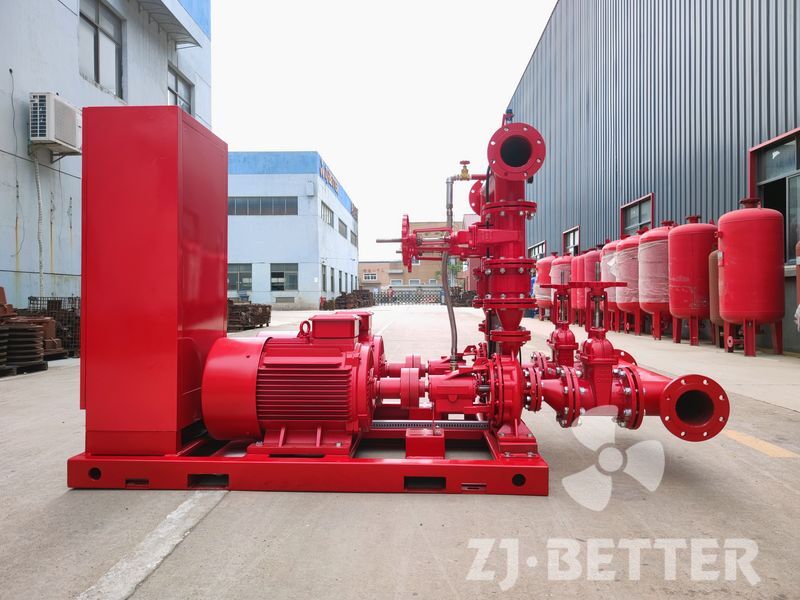
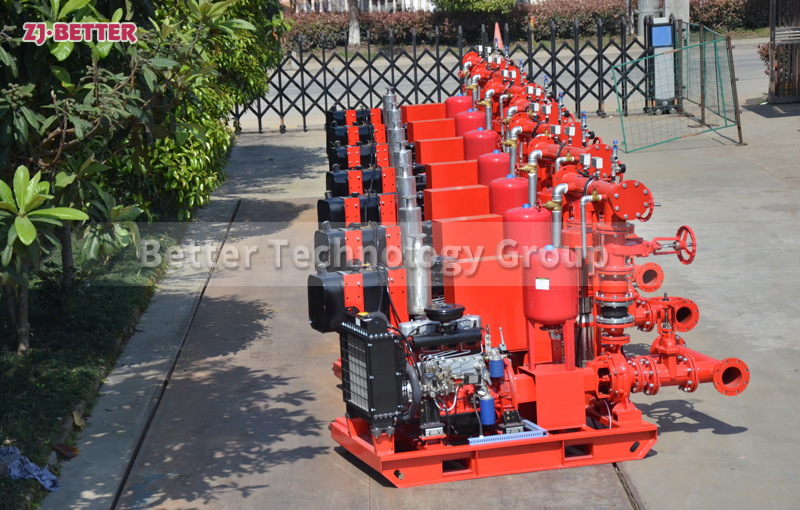
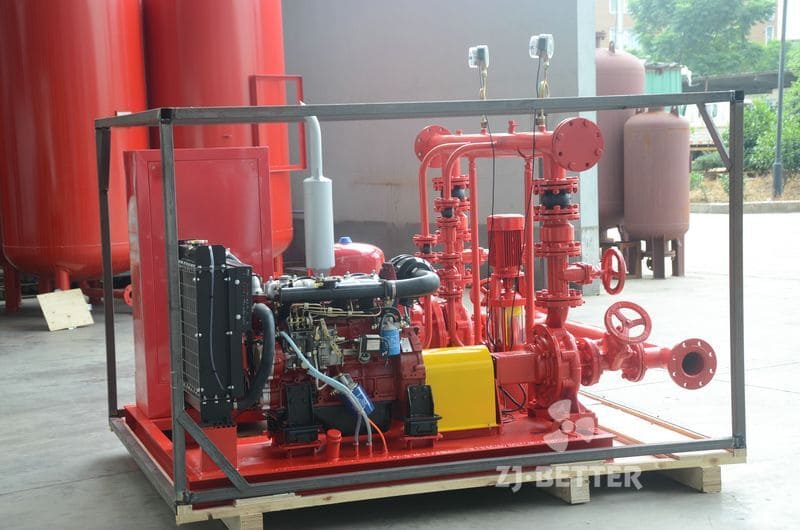
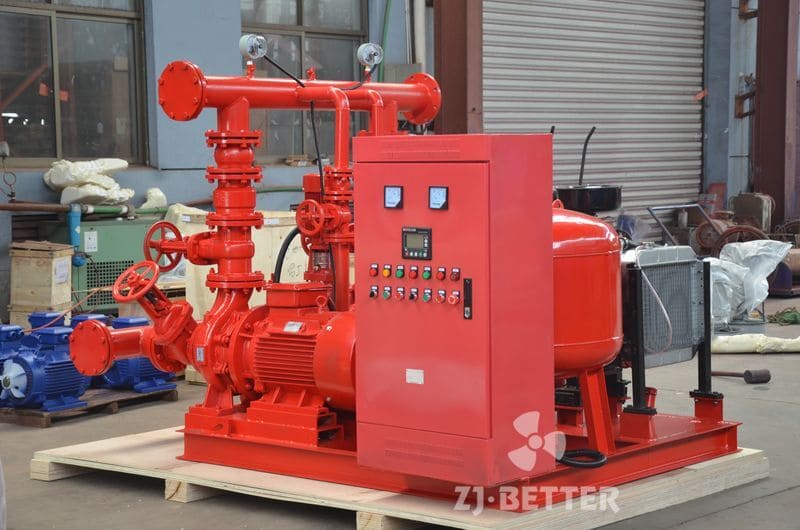
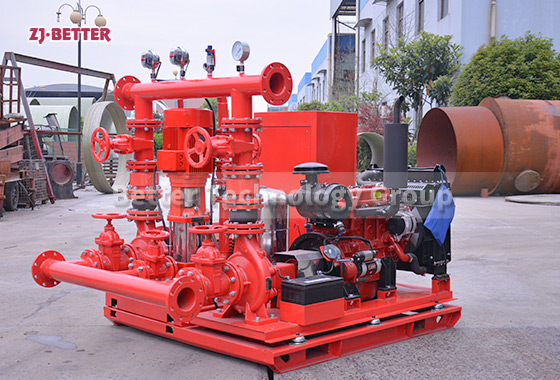
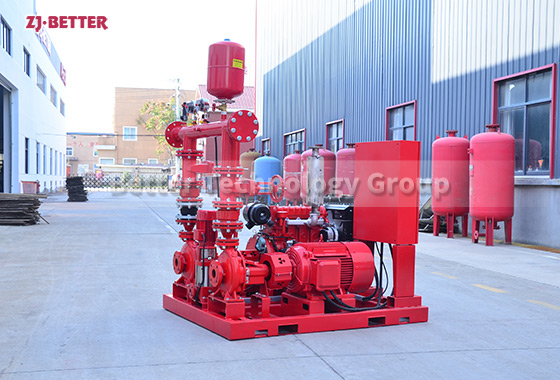
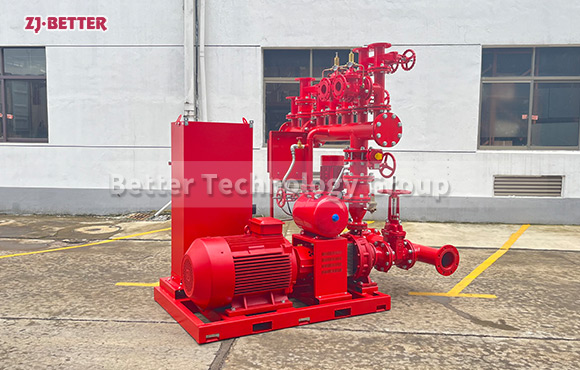
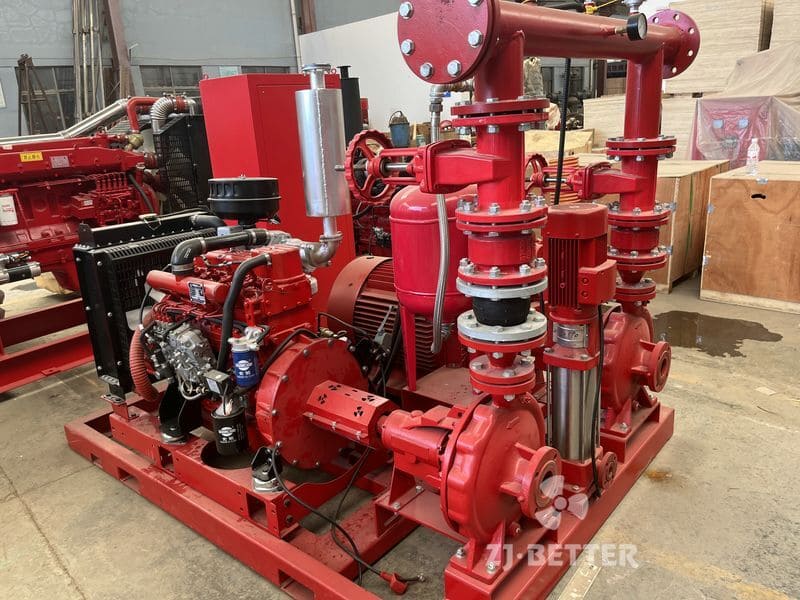

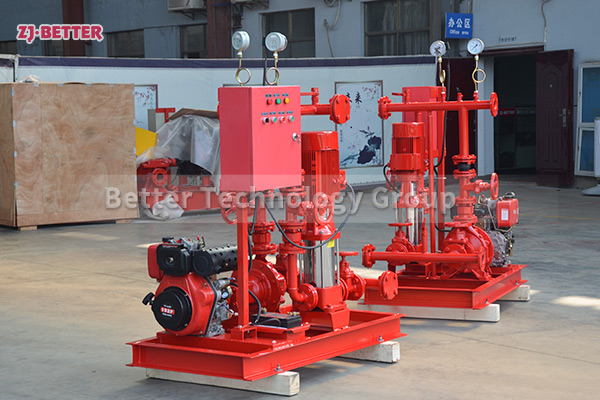
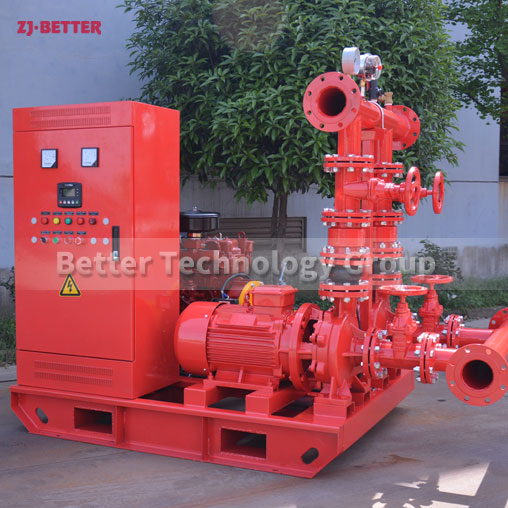
.jpg)
